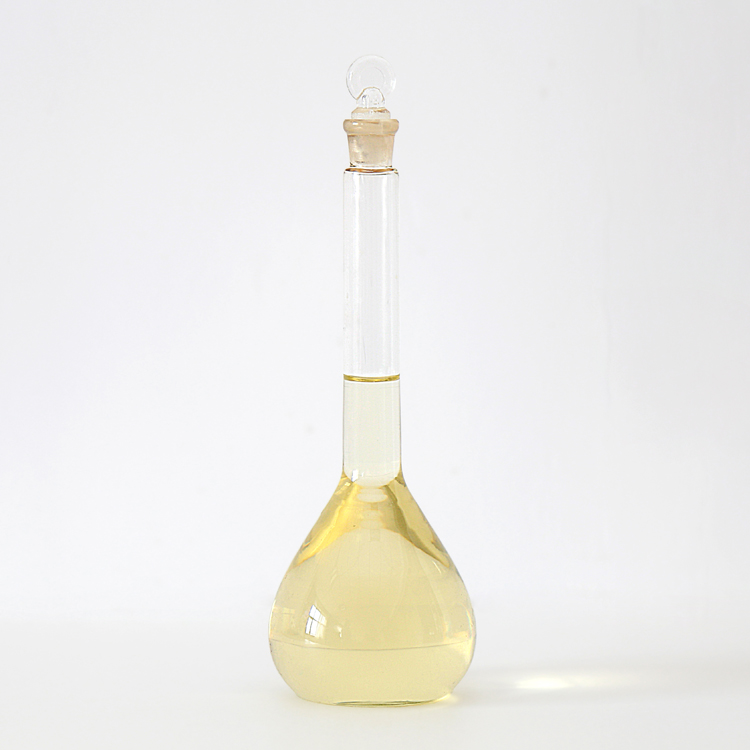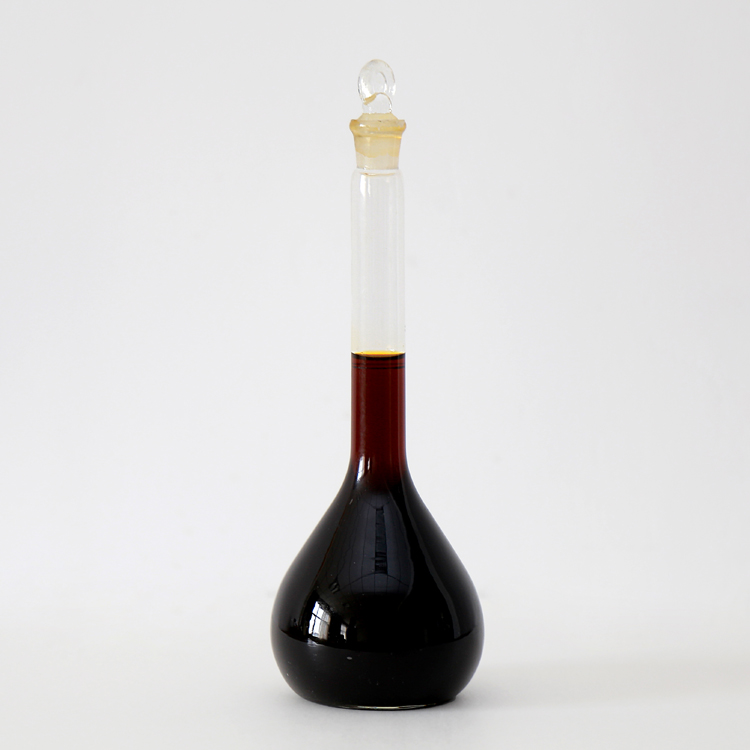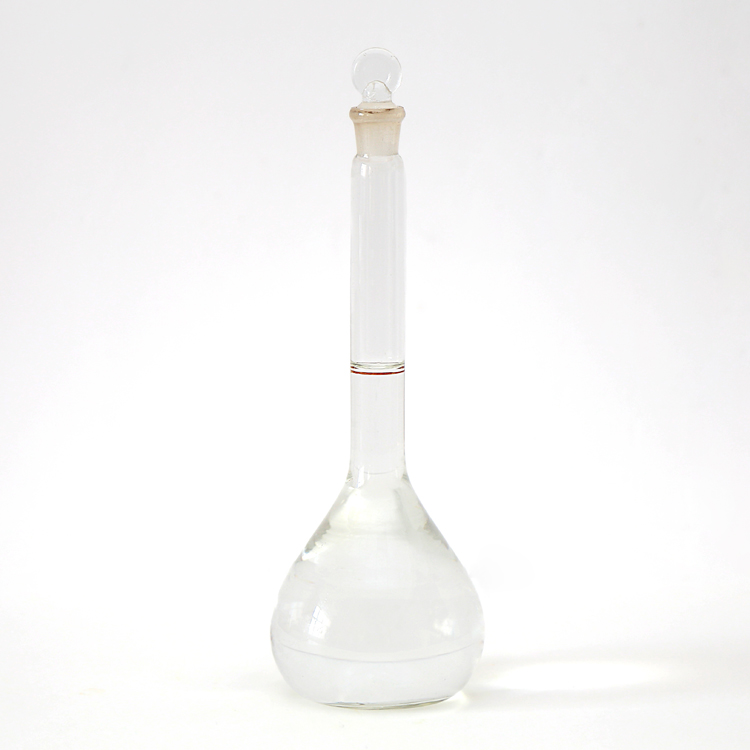
COMPANY NEWS
- Home >> NEWS >> COMPANY NEWS
Product recommendation
Hot News
Contact us
- Tel:+86-0391-3126812
- Phone:+86-15803910375
- Add:The west industrial cluster area of Jiaozuo City, Henan province, China
- E-mail:aefk@aefkchem.com
Action method of polyaluminium chloride in papermaking industry
Polyaluminium chloride is a prefabricated hydrolysate. It is the intermediate product of the hydrolysis polymerization precipitation process of aluminum salt under certain controlled conditions. Whether as an efficient water treatment agent or as a precipitant for neutral sizing of rosin in the wet end of papermaking, it has the trend to replace the traditional aluminum salt (such as aluminum sulfate).

Polyaluminium chloride is mainly used as rosin neutral sizing precipitant, retention aid and filter aid in the papermaking industry, in addition to being partially used in sewage and clean water treatment (papermaking). In addition, it can also be used to control resin barrier and as a capture agent for anionic impurities.

1) Polyaluminium chloride as neutral sizing precipitant for rosin
Due to the global shortage of resources, raw materials for papermaking have become more and more valuable, and it is more practical to replace fiber as much as possible with cheaper CaCO3 filler. Therefore, Europe took the lead in producing neutral paper by using rosin neutral sizing technology in the mid-1980s, and CaCO3 can be used as filler in this production process, One of the keys to the success of this technology is to use polyaluminium chloride instead of traditional alum as sizing precipitant. Polyaluminium chloride can maintain high positive electricity in the neutral or even alkaline range, but does not form al (OH) 3 precipitation as quickly as Al2 (SO4) 3. Moreover, due to the pre hydrolysis of polyaluminium chloride, it does not reduce the pH value of the system as low as Al2 (SO4) 3. Therefore, polyaluminium chloride is a very ideal new aluminum source for neutral sizing, and its sizing pH value can reach 7.5. After Europe, paper mills in North America and many other regions have adopted this technology to change acid papermaking into neutral papermaking. Using this method for neutral sizing not only greatly reduces the production cost, but also overcomes some unavoidable shortcomings (such as slipping, difficulty in controlling the sizing degree, etc.) in neutral sizing with synthetic sizing materials (such as AKD). Even so, because polyaluminium chloride is a complex inorganic polymer in a metastable state, there are still many problems in the use process, such as whether it can be reasonably selected and the stability of the product itself, which need to be further solved in the future research and development.
2) Polyaluminium chloride is used as retention aid and filter aid
Wet end chemistry is to study the law of surface and colloidal chemistry of the interaction between various fine components, additives and fibers in paper during dehydration and forming. In the past ten years, the main development trend of wet end chemistry is the transition of papermaking process from acidic to medium and alkaline environment. In recent years, another development trend is the wide use of various chemical additives and addition systems in the wet end of papermaking. China's paper industry is dominated by non wood fiber raw materials, among which gramineous fiber raw materials are mainly used. Due to the short fiber and high content of miscellaneous cells in straw pulp, the paper strength is poor and it is difficult to filter water in the process of paper making. Therefore, it is studied to make paper under medium and alkaline conditions and use various additives to improve retention Water filtration performance is the research direction of wet end chemistry suitable for China's national conditions.
a. Retention aid
At present, many theories believe that the retention of fine fibers and fillers in the paper is mainly realized through two ways, namely mechanical interception and colloidal flocculation. With the in-depth study of the retention mechanism, it is considered that the latter role is more important. Mechanical interception mainly refers to the mechanical retention of particles in the gradually formed paper structure. This mechanism is similar to filtration. It is only applicable to the longer fiber part of the paper, which can not explain the reason for the high retention rate of fine particles, nor can it explain the retention effect of retention aids.
At present, more and more studies focus on the retention mechanism of fine fibers and fillers. These studies have established many different concepts and models, which provide a theoretical basis for explaining and developing the retention mechanism and optimizing the process. Colloidal flocculation includes coagulation and flocculation. Coagulation refers to the flocculation of colloidal suspension by making colloidal suspension unstable with inorganic salt or polymer with small molecular weight and high charge density. The floc produced is a fine and closely aggregated sediment, which is mainly realized by charge neutralization, heterogeneous coagulation and patching.
Flocculation refers to the flocculation of colloids by combining colloids with a long-chain polymer to make colloidal suspension lose stability. The flocs produced are coarse, loose and porous masses. Flocculation is mainly realized by bridging flocculation and network flocculation.
b. Filter aid
Because the dewatering process of paper material will directly affect the quality of paper and the operation performance of paper machine, and the improvement of water filtering performance can improve productivity, improve paper forming and reduce energy consumption in the drying part, improving the water filtering performance of paper material is one of the important contents of wet end chemistry research. In general, almost all retention aids and charge neutralizers have the function of filtration aid, so aluminum sulfate, polyaluminium chloride, anionic starch, polyelectrolyte and particle retention system can play the role of filtration aid.
3) Other uses of polyaluminium chloride
With the gradual change of papermaking process from acid to medium and alkaline range, the continuous improvement of white water sealing degree and the increase of the number of high yield pulp and coating damaged paper, the problem of anionic impurities in pulp becomes more and more prominent. If it is not treated in time, it will seriously affect the operation of paper machine and the quality of paper. Practice has proved that polyaluminium chloride with high positive charge is a good impurity trapping agent. It can combine with these anionic impurities and deposit them on the fiber, which not only controls the interference of anionic impurities in the pulp, but also improves the water filtration performance of the pulp, Because even a small amount of anionic fiber degradation products will greatly affect the water filtration of paper.

At the same time, polyaluminium chloride can be easily adsorbed to the fiber surface, and can also adsorb negatively charged fillers and fine fibers to keep them more inside the paper; The synergistic effect with other organic polymers can effectively improve the retention of fines and improve the water filtration performance of slurry.
In addition, polyaluminium chloride can effectively control the resin barrier, and its principle is the same as that of eliminating anionic impurities. Compared with Al2 (SO4) 3, polyaluminium chloride can more effectively fix the resin on the fiber, and the use of polyaluminium chloride can greatly reduce the deposition of insoluble substances such as BaSO4.
Thank you for your attentionHenan aierfuke Chemical Co., Ltd:Focus on water treatment, only for the healthy world! Our company is committed toPolyaluminium chloride、Polyferric sulfateThe R & D, manufacturing and sales of series of water purification materials are willing to create success with our customers and friends.
 Chinese
Chinese English
English Russia
Russia



